Criel Burial Mound
Introduction
Text-to-speech Audio
Images
The Criel Mound.
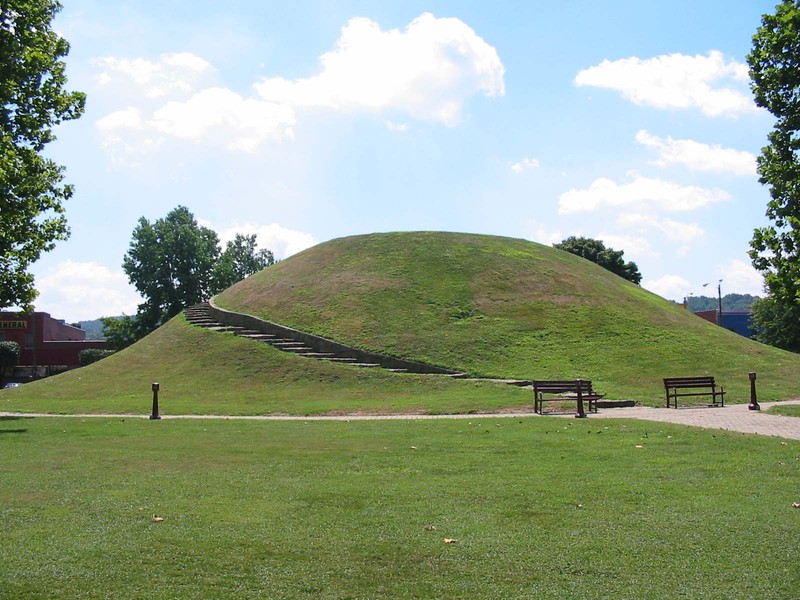
Ariel view of the mound and accompanying park.
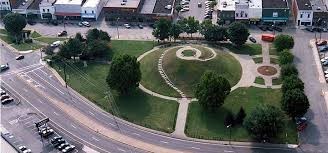
A detailed view of inside the mound.
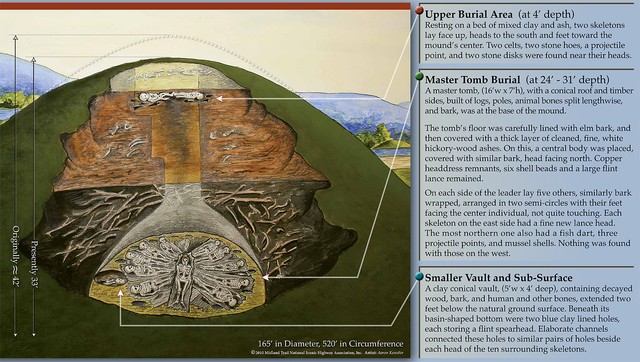
Historical marker at the site.
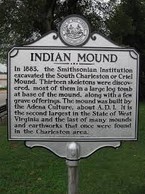
Map showing where the Adena culture lived.
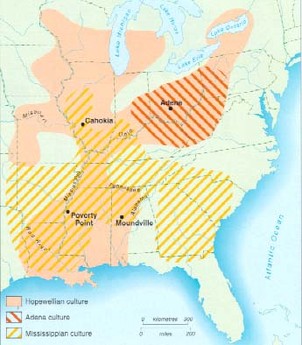
View up D Street (toward present-day City Hall) from the top of the Criel Mound, circa 1920. Not always well preserved,in 1840 the top of the Mound was leveled off to accommodate a judges' stand for a racetrack that encircled the Mound's base,
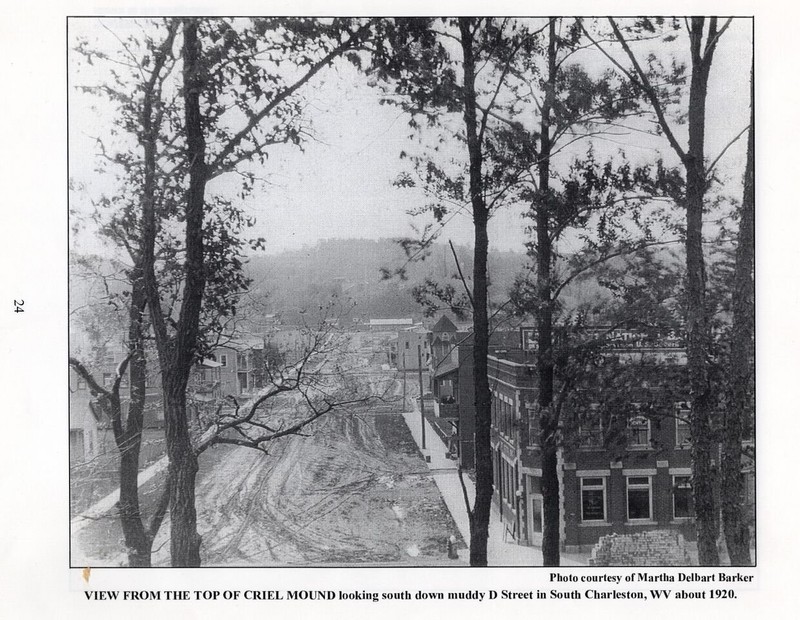
The nearby South Charleston Interpretive Center houses a number of artifacts and additional details about the Criel Mound and its Adena builders.
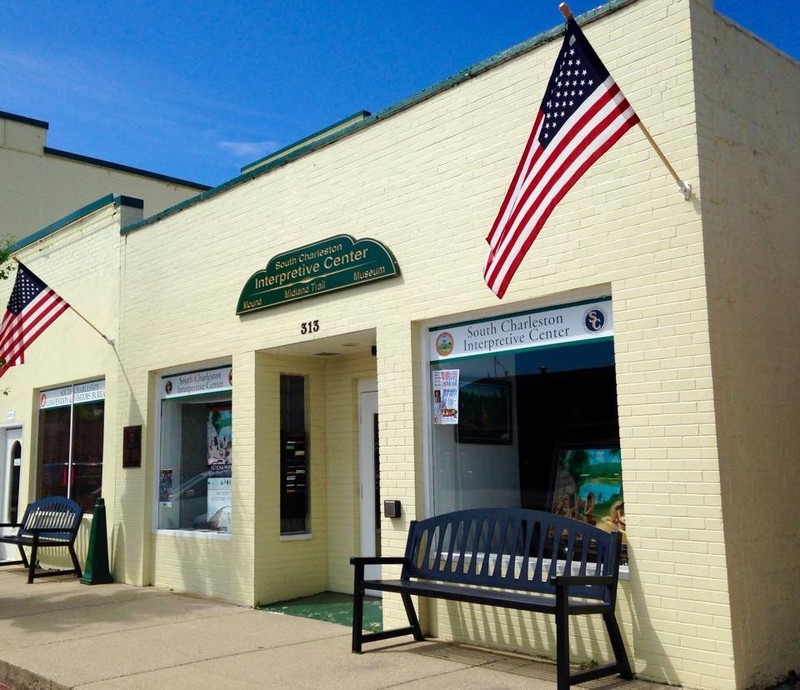
Two side-by-side photographs from the April 1942 issue of "Carbide News," the official Union Carbide Corporation publication, show the mound as it appeared in 1907 (L) and 1942 (R). Carbide, a pioneer in the chemical industry, had a plant in the city.
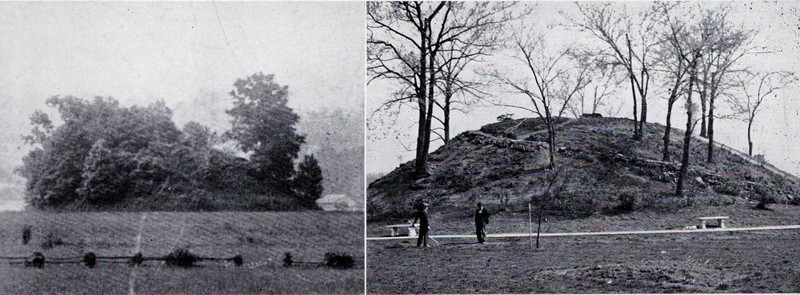
Cyrus Thomas was chosen to lead a massive survey of the Adena mounds from Missouri to Minnesota. His exacting, scientific approach has led him to be considered the father of modern American archaeology. (Smithsonian).
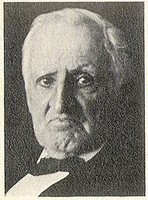
Philetus W. Norris lead the excavation of the Kanawha Valley mounds. A Union Colonel during the Civil War, he went on to be a famous trapper and Yellowstone Park's second superintendent. He died in 1885, not long after the Criel excavation.
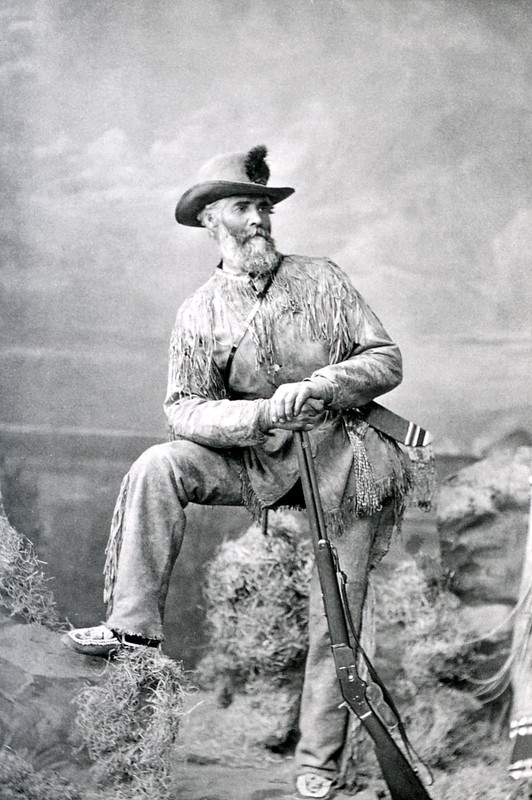
Backstory and Context
Text-to-speech Audio
In Kanawha River Valley in South Charleston, West Virginia, is the second largest Native American Burial Mound in the state. Second only to the Grave Creek Mound in Moundsville, West Virginia, the Criel Mound stands 33 feet tall and around 157 feet in diameter in the middle of the town. The mound gets its name from the Criel family who used to own the land where the mound is located. Archaeologists have determined that at one time the mound was part of a complex of several miles of earthworks and other mounds. However, over time these have been destroyed by the construction of buildings, roads, railways, etc… It is believed that the mound was constructed by Native Americans living in the Kanawha Valley between 1000 and 200 B.C. Archaeologists call these Native Americans the Adena Culture.
It is important to note that “Adena” is not the name that these prehistoric Native American called themselves. It is only the term by which archaeologists refer to them based on their material remains and cultural practices. The name “Adena” comes from the estate of Governor Thomas Worthington in Chillicothe, Ohio. On his estate there was a large mound which was one of the first Adena mounds to be excavated. It is very likely that we will never know what these peoples truly called themselves.
The Adena culture thrived in Southern Ohio, Western West Virginia, and Kentucky from 800 B.C. to around 1000 A.D. The predecessors and ancestors of the Adena peoples (known as the Archaic Culture) were highly mobile hunter-gatherers who subsisted primarily on hunting wild animals and finding wild plants to eat. They would travel in relatively small groups and live in temporary campsites throughout the year. However, around 800 B.C. these peoples began to become less mobile and created new technologies. Around this time is when scientists begin to refer to the prehistoric Native Americans of the area as the Adena Culture. The fact that they were the first people in the region to settle in small villages, cultivate crops, make pottery, establish trade over long distances with other Native Americans, and they began creating mounds and other earthworks to bury their dead and use for ceremonies is what differentiates the Adena Culture from their ancestors.
It is believed that the reason the Adena peoples gave up their highly mobile hunting and gathering lifestyle is because they learned how to farm and they began creating pottery. Adena peoples lived in small villages near their gardens and cultivated a variety of native plants, including squash, sunflower, sumpweed, goosefoot, knotweed, and maygrass. They used the pottery vessels they made to cook these crops and also to store crops for future use. Having a stable food source nearby and the ability to store and save food made it possible for the Adena to stay in one place for longer periods of time.
After becoming more sedentary, the Adena began building mounds and earthworks near their villages. These monuments ranged from small conical burial mounds to large and elaborate geometric earthworks which were used for special rituals and ceremonies. As stated earlier, the Criel Mound was once part of a larger system of other mounds and earthworks in the area.
The Criel mound has been extensively studied by professional archaeologists over the course of many years. It was first investigated by Col. P. W. Norris working with the Smithsonian Institution in 1883. He excavated a 12 foot wide shaft from the top of the mound to the ground surface. In the first three and four feet he encountered human burials. However, the artifacts he found associated with the burials proved that these particular individuals were not Adena, but likely buried in the top of the mound much later by a different group of Native Americans. He continued excavation and at 31 feet found the original burial chamber of the mound. The skeletal remains of 11 individuals were found, 10 of which were surrounding a central individual. They were all laid on a bark platform that had been covered with ashes. It is likely that the central individual was one of great importance to the Adena people and that the other 10 individuals were buried around him at the same time he was interned. Archaeologists found shell beads and copper remains of a headdress around the head of the central individual.
In
1970, the mound was placed on the National Register of Historic Places in order
to protect this cultural landmark for future generations. Today the mound is
part of a small park in the center of South Charleston. Visitors can see the
mound, read informational displays about the mound and the Adena culture, and
even walk a paved pathway to the very top of the mound. Also,
Only a block away from the Mound on D Street is the South Charleston Interpretive Center, which offers wide variety of artifacts and information on the Mound and the Adena culture.
Sources
Trader, Patrick D. "Mound Builders." e-WV: The West Virginia Encyclopedia. 17 April 2017. Web. 31 January 2018.
Fenton, James P. "Adena." e-WV: The West Virginia Encyclopedia. 15 November 2016. Web. 31 January 2018.
The History of South Charleston. Edition 2nd. Charleston, WV. The Printing Press, Ltd., 2008. pp.1.
Thomas, Cyrus. Report on the Mound Excavations of the Bureau of Ethnology. Washington: Smithsonian Institution Press, 1894, Reprint, 1985.
"The Mound Builders." Carbide News. April 1942. pp. 3, 10.
